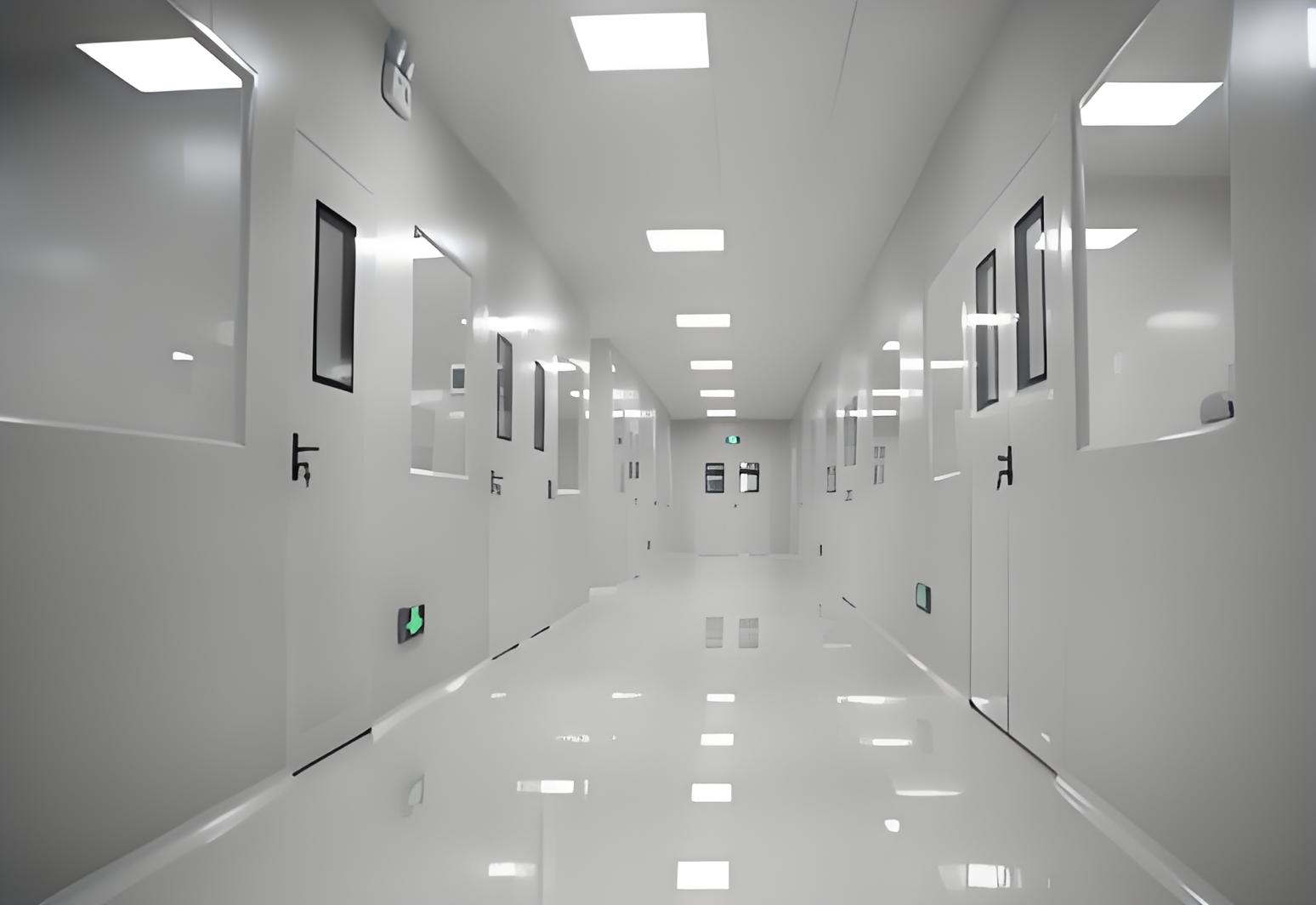
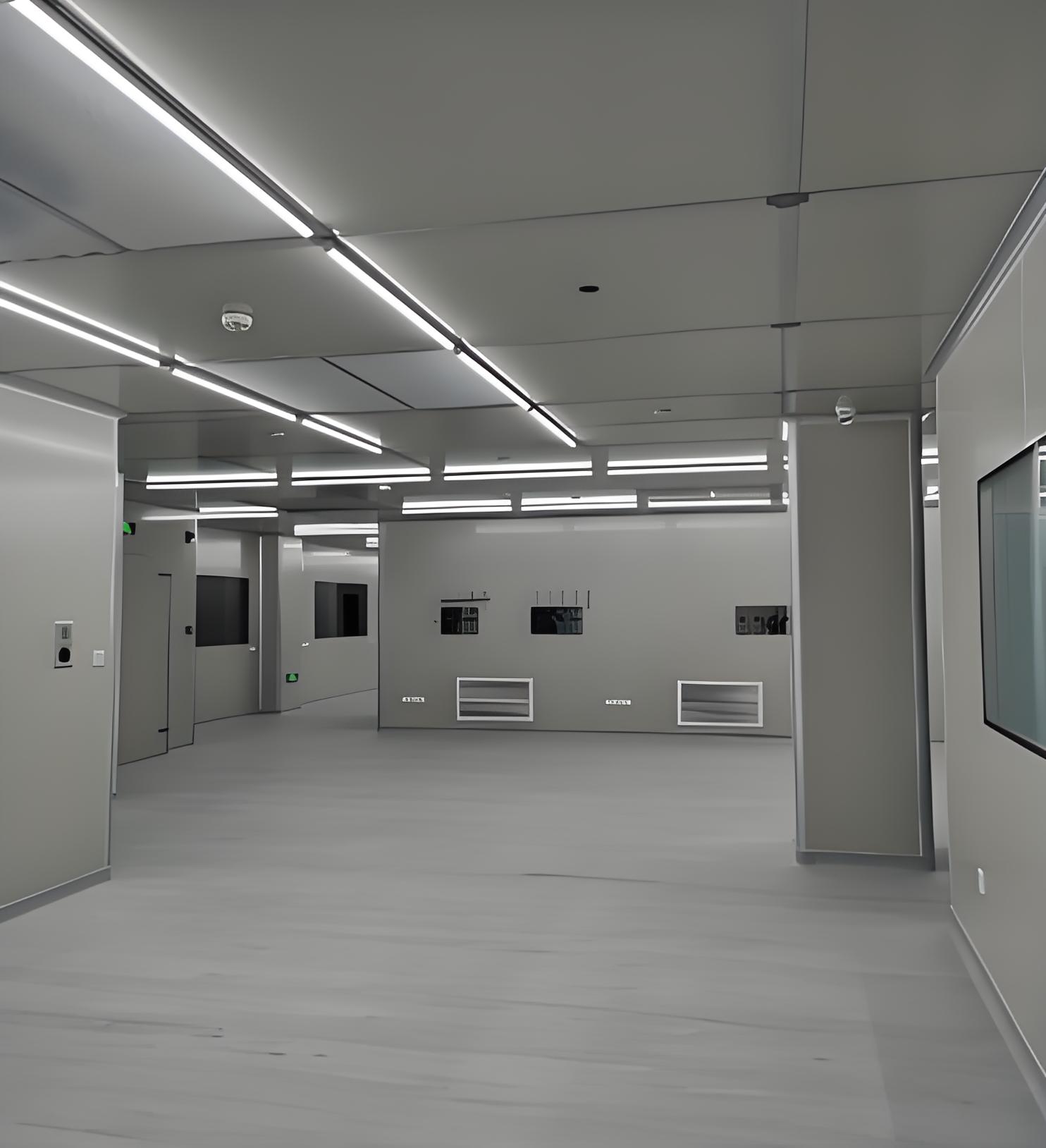
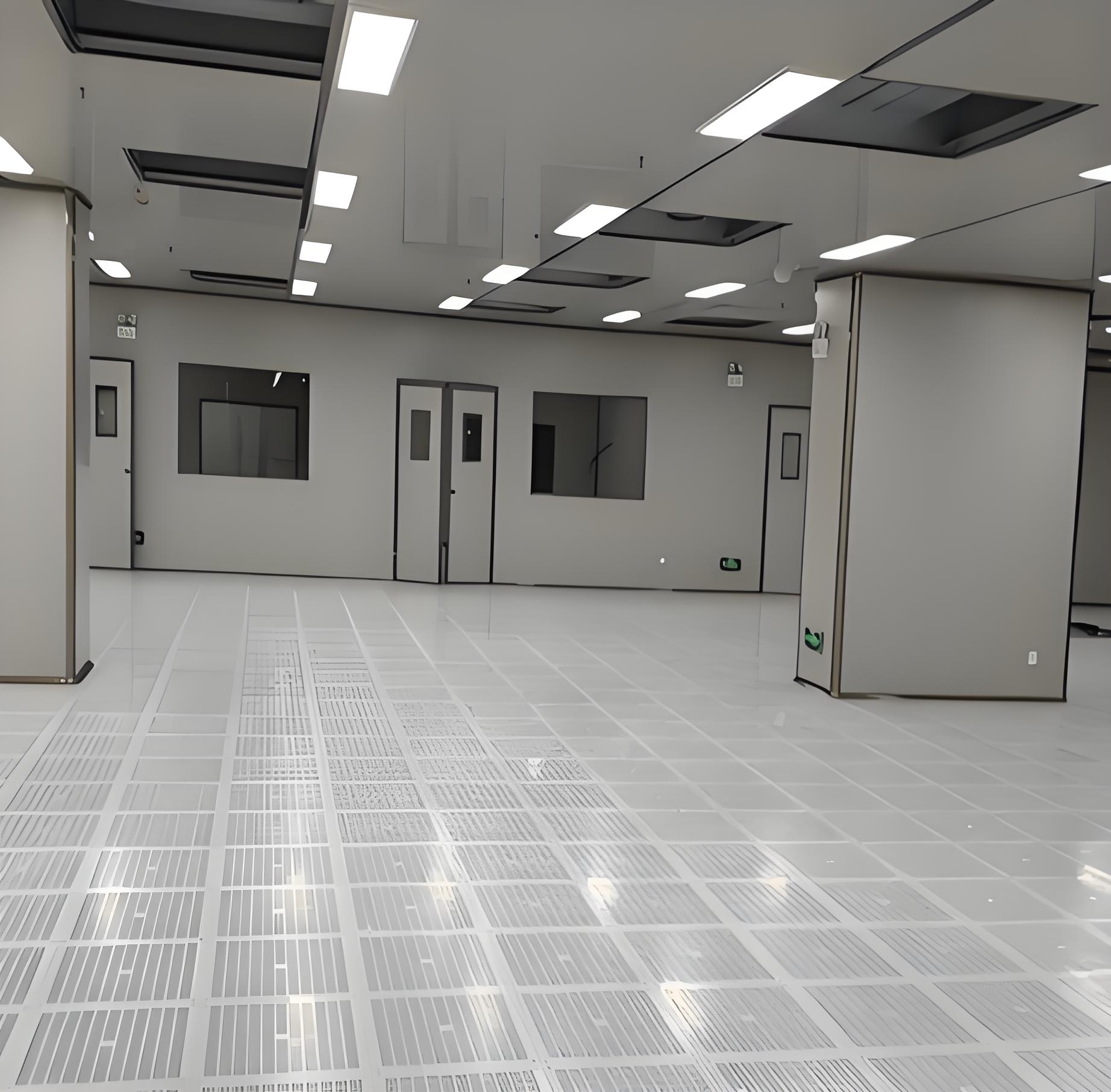


In today's rapidly advancing scientific and industrial landscapes, the demand for highly controlled environments has never been greater. A sterile laboratory is a critical asset in fields such as pharmaceuticals, biotechnology, medical device manufacturing, and academic research. These specialized spaces are designed to minimize contamination, ensuring the integrity of experiments, product quality, and personnel safety. Unlike standard labs, a sterile laboratory employs rigorous protocols and advanced technologies to maintain aseptic conditions. This article delves into seven key technologies that are fundamental to establishing and operating an effective sterile laboratory, providing insights into their applications, benefits, and implementation strategies. Whether you are planning a new facility or upgrading an existing one, understanding these core elements can help you achieve optimal performance and compliance with industry standards.
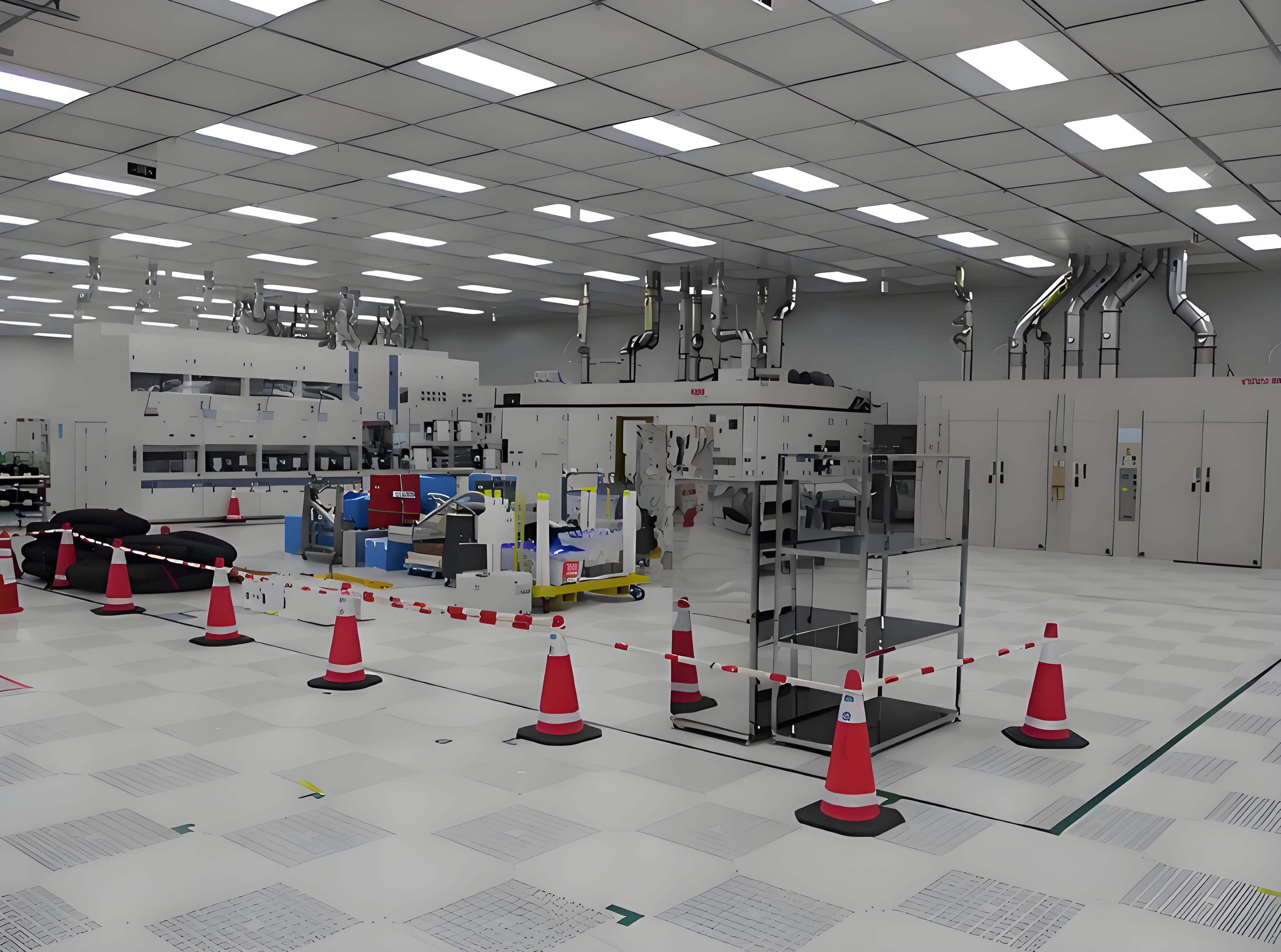
One of the cornerstones of any sterile laboratory is its air handling system, particularly HEPA filtration. These filters are designed to remove 99.97% of airborne particles as small as 0.3 microns, including dust, microbes, and other contaminants. In a sterile laboratory, HEPA filters are integrated into ventilation systems to create laminar airflow, which directs clean air in a unidirectional manner over critical work areas. This technology is essential for preventing cross-contamination and maintaining the stringent cleanliness levels required in applications like cell culture or sterile compounding. Regular testing and maintenance of HEPA systems are crucial, as any compromise can lead to breaches in sterility. Additionally, combining HEPA with ULPA (Ultra-Low Penetration Air) filters can further enhance air purity in high-risk environments.
The selection of materials used in a sterile laboratory directly impacts its ability to resist contamination. Non-porous surfaces, such as stainless steel, epoxy resin, and antimicrobial coatings, are preferred because they do not harbor microorganisms and are easy to clean and disinfect. For instance, laboratory benches, walls, and floors made from these materials minimize the risk of particle accumulation and microbial growth. Moreover, furniture designed with seamless joints and rounded edges reduces areas where contaminants can hide. When planning a sterile laboratory, it is vital to choose materials that comply with regulatory guidelines and can withstand frequent sterilization cycles using agents like hydrogen peroxide or alcohol-based solutions.
Automation has revolutionized sterilization in modern sterile laboratories, reducing human error and enhancing efficiency. Autoclaves, vaporized hydrogen peroxide systems, and ultraviolet (UV) light chambers are commonly used to sterilize equipment, surfaces, and even the air. For example, automated pass-through autoclaves allow for the safe transfer of materials between clean and non-clean areas without compromising the sterile environment. These systems often include programmable cycles that ensure consistent sterilization parameters, such as temperature, pressure, and exposure time. Implementing such technologies not only improves reliability but also supports compliance with Good Manufacturing Practices (GMP) and other standards.
Continuous monitoring is indispensable in a sterile laboratory to detect and address contamination risks promptly. Advanced sensor networks track parameters like particle counts, temperature, humidity, and pressure differentials. These systems provide real-time data and alerts, enabling quick corrective actions if conditions deviate from set points. For instance, a rise in airborne particles might indicate a filter failure or improper personnel behavior. Integrating these monitors with data logging software allows for trend analysis and documentation, which is essential for audits and validation studies. In high-stakes environments, such as those handling sensitive biologics, this technology ensures that the sterile laboratory remains within specified cleanliness classes, such as ISO 14644-1 standards.
Human activity is a primary source of contamination in any laboratory setting. Therefore, stringent gowning procedures and hygiene practices are non-negotiable in a sterile laboratory. This includes the use of full-body coveralls, gloves, masks, and hairnets made from low-shedding materials. Airlocks and gowning rooms are designed as transition zones where personnel can don appropriate attire step-by-step, often supported by visual aids and training programs. Additionally, hand hygiene stations with automated sanitizers and foot-operated sinks are strategically placed to minimize touchpoints. Regular training and competency assessments ensure that staff adhere to these protocols, reducing the introduction of contaminants from skin, clothing, or respiratory droplets.
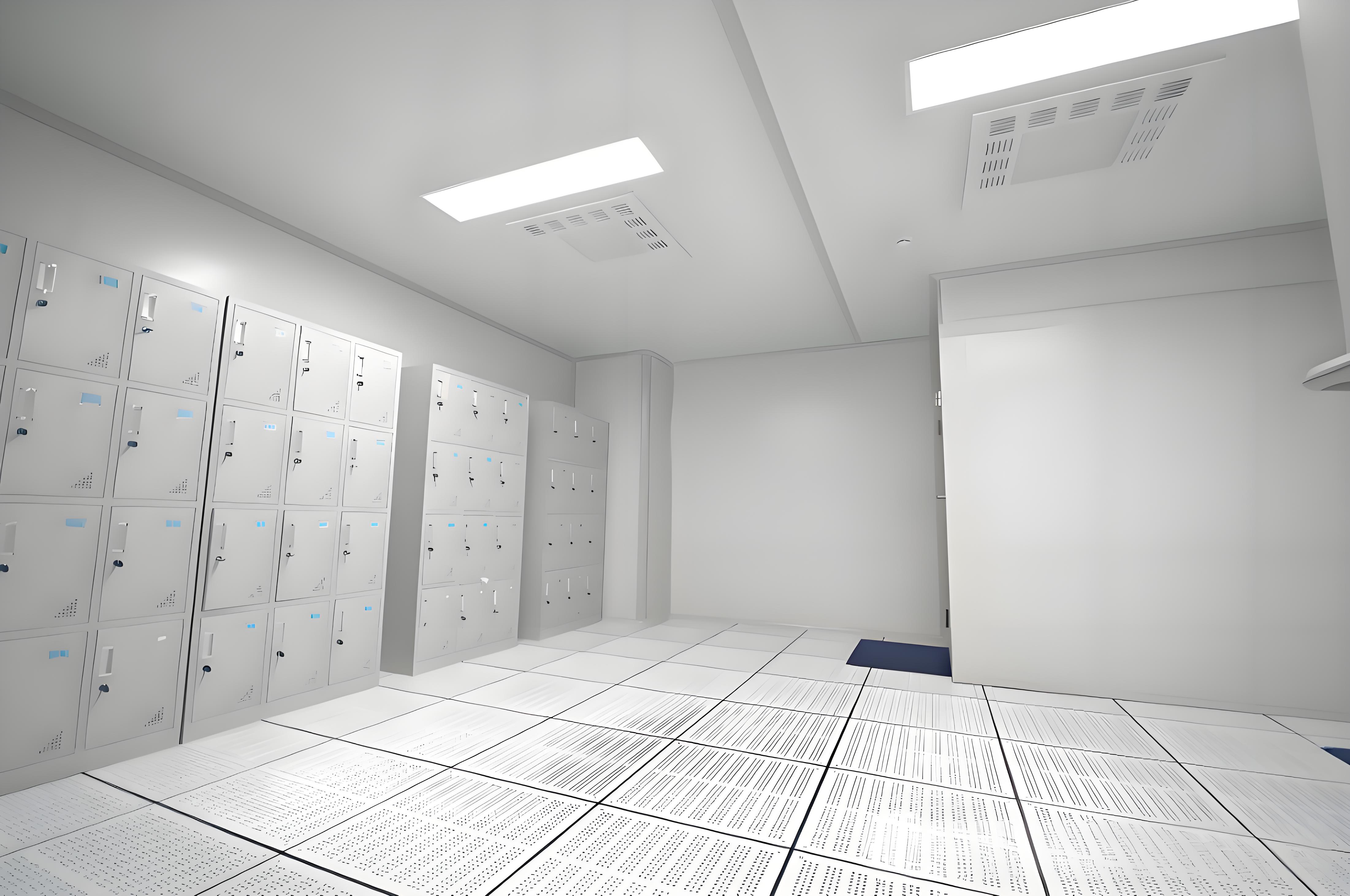
The physical design of a sterile laboratory plays a pivotal role in maintaining contamination control. Concepts like zoning, which separates areas based on cleanliness levels, and the use of airlocks prevent the migration of contaminants. For example, a typical layout might include an anteroom for gowning, a main lab with positive pressure to keep out external particles, and dedicated zones for high-risk operations. Computational fluid dynamics (CFD) modeling is often employed to optimize airflow patterns, ensuring that clean air sweeps contaminants away from critical processes. Proper design also considers the placement of equipment and utilities to facilitate easy cleaning and maintenance, thereby supporting the long-term sustainability of the sterile laboratory.
The field of sterile laboratory design is continually evolving, with new technologies enhancing efficiency and safety. Innovations such as robotics for automated sampling and cleaning, smart materials that self-sanitize, and Internet of Things (IoT) integration for predictive maintenance are gaining traction. For instance, IoT-enabled devices can monitor equipment performance and schedule maintenance before failures occur, reducing downtime. Another trend is the adoption of modular sterile laboratory units, which offer flexibility and scalability for growing operations. These advancements not only improve sterility assurance but also reduce operational costs and environmental impact, making them valuable considerations for future-proofing your facility.
In conclusion, building and maintaining a sterile laboratory requires a multifaceted approach that integrates advanced technologies, robust materials, and disciplined protocols. From HEPA filtration to real-time monitoring and innovative designs, each element contributes to a controlled environment where contamination risks are minimized. As industries continue to push the boundaries of research and production, investing in these key technologies will ensure that your sterile laboratory meets the highest standards of safety, efficiency, and compliance. By staying informed about emerging trends, you can adapt and optimize your facility for long-term success.
Q1: What is the primary purpose of a sterile laboratory?
A1: A sterile laboratory is designed to provide a controlled environment free from contaminants such as dust, microbes, and particles. This is essential for conducting sensitive experiments, manufacturing sterile products like pharmaceuticals, and ensuring data integrity and safety in research and industrial applications.
Q2: How often should a sterile laboratory undergo validation and testing?
A2: Validation and testing should be performed regularly, typically annually or after any significant modifications. This includes checks on air filtration systems, surface cleanliness, and environmental monitoring. Continuous real-time monitoring may also be used to ensure ongoing compliance with standards.
Q3: What are the most common sources of contamination in a sterile laboratory?
A3: Common sources include personnel (through skin, clothing, or improper behavior), airborne particles, improperly sterilized equipment, and inadequate cleaning protocols. Effective training, gowning procedures, and maintenance of systems like HEPA filters are crucial to mitigate these risks.
Q4: Can an existing standard laboratory be converted into a sterile laboratory?
A4: Yes, but it requires significant modifications, such as installing HEPA filtration, upgrading surfaces to non-porous materials, and redesigning airflow patterns. A thorough assessment by experts in cleanroom engineering is recommended to ensure the conversion meets sterility standards.
Q5: What factors influence the cost of setting up a sterile laboratory?
A5: Costs vary based on size, cleanliness level (e.g., ISO class), technologies used (e.g., automation), and location. Key expenses include air handling systems, construction materials, monitoring equipment, and ongoing maintenance. Planning with a detailed budget and consulting with specialized suppliers can help manage expenses effectively.